Watch as supercarrier HMS Queen Elizabeth successfully navigates the three bridges over the River Forth in the dead of night.
Video provided courtesy of the Ministry of Defence and used under the MoD news licence. Video Crown Copyright 2017.
Admiral Sir Philip Jones First Sea Lord and Chief of Naval Staff said:
“This is a hugely significant moment for the Royal Navy, for all our Armed Forces and for our island nation. Once in service HMS Queen Elizabeth will be the largest aircraft carrier in the world outside the United States, and the first designed from the outset to operate a fifth generation aircraft.
Already this ship represents the best of the UK’s industrial and engineering expertise, and once in service she will symbolise our military power and authority in the world for decades to come. There is still much work to do between now and then, but be in no doubt: a new era of British maritime power is about to begin.”
The sea trials will monitor speed, manoeuvrability, power and propulsion as well as undertaking weapons trials and additional tests on her levels of readiness.
Key Facts
- Each carrier is 280 metres in length
- Top speed is upwards of 25 knots
- The carriers will have a crew complement of c.700, increasing to c.1,600 when a full complement of 36 F-35B aircraft and four Crowsnest helicopters are embarked
- The flight deck is 70 metres wide and 280 metres long – enough space for three football pitches
- Each carrier keeps 45 days’ worth of food in its stores.
- Each carrier is made up of 17 million parts
- There are 364,000 metres of pipes inside each of the Ships
- 51 million hours have been spent designing and building the Queen Elizabeth Class.
- The entire Ship’s Company can be served a meal within 90 minutes, 45 minutes when at action station
- The QE Class aircraft carriers are the first Royal Navy vessels to have piped oxygen within the medical complex
Following this initial period, HMS Queen Elizabeth will return to Rosyth for further testing and maintenance before heading back to sea for a second stage which aims to test her Mission Systems. She will transit to her home port of Portsmouth Naval Base to be handed over to the Royal Navy later this year.



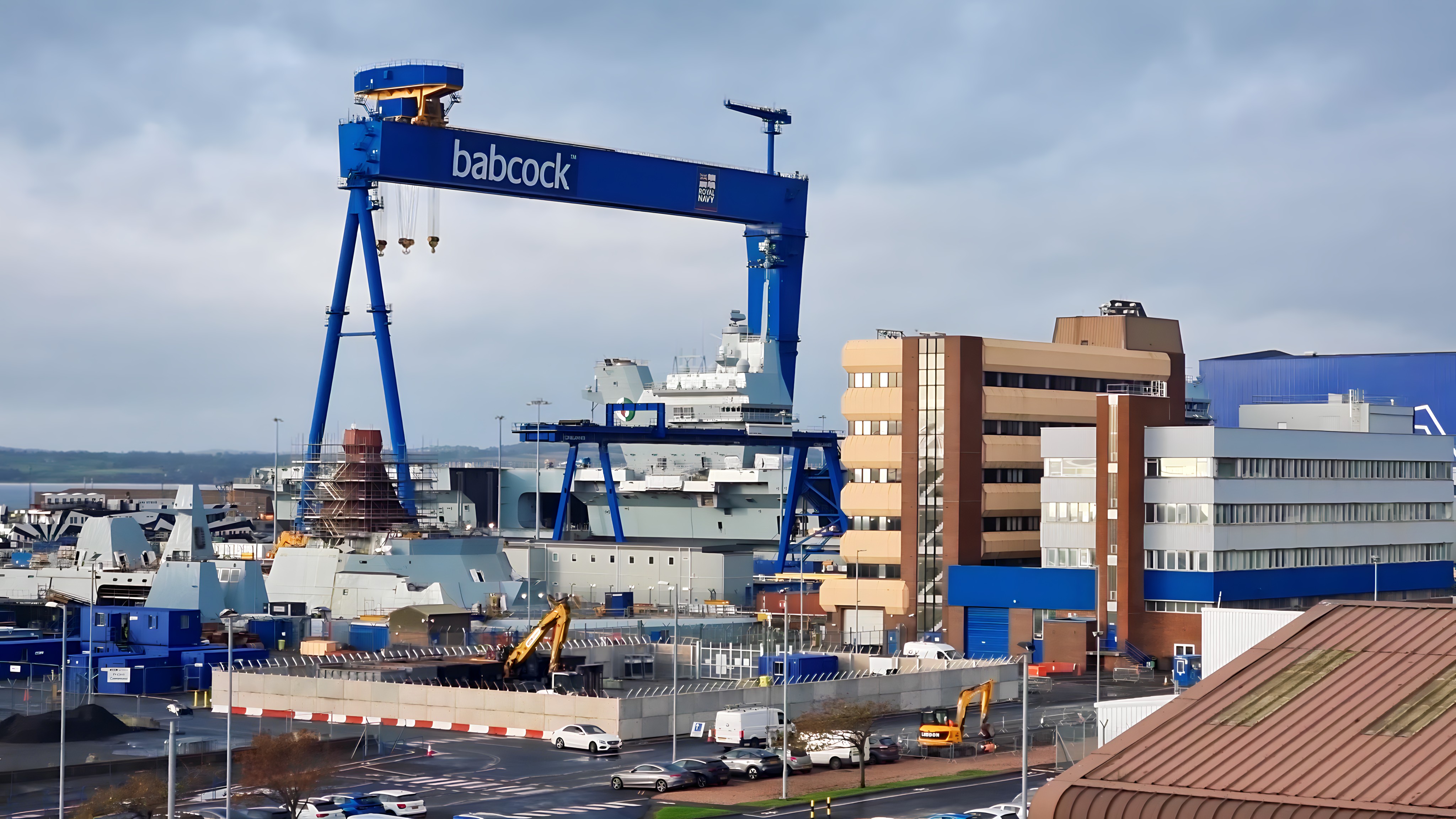
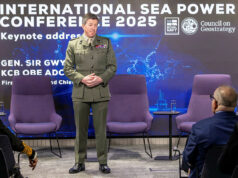
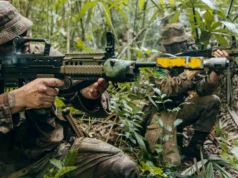
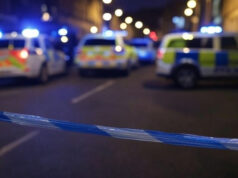
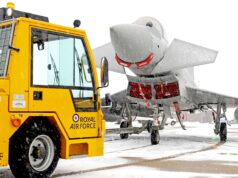
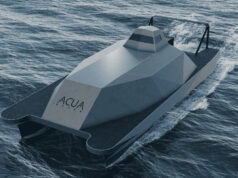
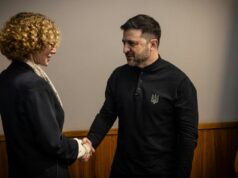

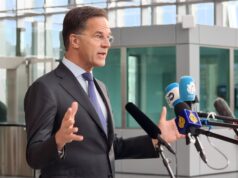


How can she be undertaking weapons trials when she hasn’t had them fitted yet?